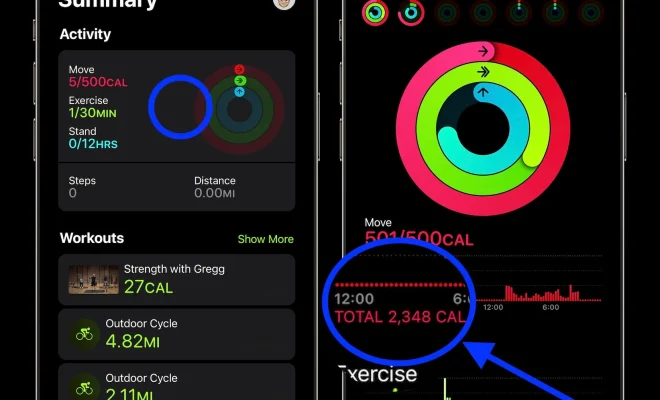How Accurate Is Apple Watch Calories Tracking

Apple Watch has gained a reputation not just as a tech gadget, but as a partner in the quest for better health and fitness. One of its widely used features is the ability to track calories burned throughout the day, during workouts, and even while at rest. Yet, one may wonder about the accuracy of Apple Watch’s calorie tracking capabilities.
To measure calories burned, the Apple Watch uses a combination of data: heart rate monitoring, motion sensors, and GPS (for tracking distance during workouts such as running or cycling). The device also incorporates personal details like age, weight, height, and gender to estimate your basal metabolic rate (BMR), the amount of energy expended while at rest.
The heart rate sensor, which uses photoplethysmography technology — flashing its LEDs hundreds of times per second to capture the volume of blood flowing through your wrist — is central to providing real-time data on how hard your heart is working. This data becomes particularly important during exercise when calorie burn is primarily tied to cardiovascular exertion.
Notably, Apple Watch’s calorie tracking feature has been subjected to various scientific studies and tests. While some discrepancies have been found — as with all wearables — the Apple Watch is frequently cited as one of the more accurate devices on the market. A 2017 study from Stanford Medicine found that while fitness trackers are generally off by an average of 27% when it comes to measuring energy expenditure, Apple Watch had the lowest error rate compared to other devices.
However, it’s essential to acknowledge that no wrist-worn tracker can provide 100% accuracy in calorie tracking due to several reasons. For instance, many daily activities like weightlifting or doing household chores may not significantly increase heart rate but nonetheless burn calories. Moreover, individual metabolism variations can also affect accuracy.
Users should also be aware that there is a difference between active calories and total calories displayed on the Apple Watch — active calories account for additional energy expended above BMR due to activity, whereas total calories include both active and resting energy expenditure.
Overall, while not perfect, the Apple Watch’s calorie counting feature offers a reasonably accurate way for users to gauge their daily activity levels and manage their exercise routines. It’s a helpful tool for those looking to keep an eye on their fitness goals but should be considered within the context of its limitations and used as one of multiple measures rather than an infallible metric.






